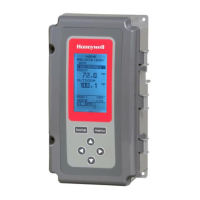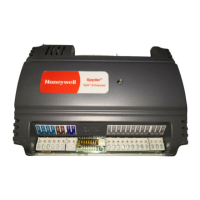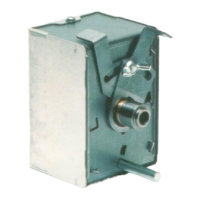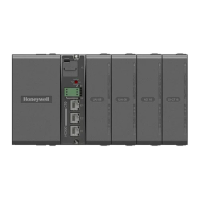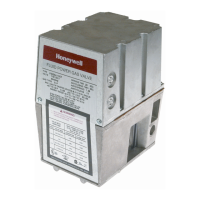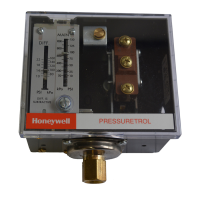Appendix
BC-200 Manual – P/N DOC-01-013 103
9
9
.
.
4
4
.
.
3
3
N
N
E
E
T
T
W
W
O
O
R
R
K
K
C
C
A
A
B
B
L
L
I
I
N
N
G
G
Wire Circuits
Applies to:
Networks using NCM-W network cards and RPT-W repeaters.
Requirements:
Recommended
Cable
x 2 core TWISTED pair, NOT Shielded
The cable should have short overall
twist lengths (8 or more twists per meter).
Shielded cable reduces the max distance of the loop and is more expensive to install.
Max distance Recommended cable type (unshielded):
1000 m between each segment (node) using 0.75 mm
2
Twisted-unshielded pair. A
repeater module (RPT-W) can be used to increase this distance between nodes.
Other:
350 m between each segment (node) using 3.25 mm
2
Twisted-shielded pair.
Notes Refer to network manual for detailed cabling requirements and selection of threshold settings
for NCM-W cards.
Fibre Optic Circuits
Applies to:
Networks using NCM-F network cards and RPT-F repeaters.
Requirements:
The attenuation of cabling between two nodes/repeaters (fibre optic circuits are point-to-point) is limited by cable
choice. If the distance required for a circuit segment is greater than permitted, a Repeater module (RPT-F) must
be inserted into the circuit at intervals less than, or equal to, the attenuation length restriction.
Multi-mode fibre:
62.5/125μm cable - 8dB limit
50/125μm cable - 4.2dB limit
Single-mode fibre:
9/125μm cable - 8dB limit
The actual attenuation can be measured end-to-end with fibre-optic industry standard equipment using a test
wavelength of 850 nanometres for multi-mode and 1310 nm for single-mode.
For a quick approximation, perform the following calculations:
a. Calculate loss due to cable. Look up the rated dB loss per foot within the cable manufacturer's specifications.
Multiply this by the length of cable between the two nodes/repeaters to determine loss due to cable:
Loss = (loss/ft.) x (length in feet).
b. Calculate loss due to connectors/splices. Look up the dB loss for each connector and splice, and add all
figures to determine loss due to connectors/splices.
c. Calculate total loss. Add the attenuation factors obtained in steps a. and b. This will provide an approximate
attenuation total.
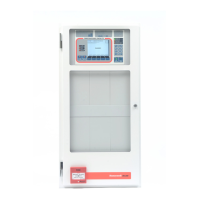
